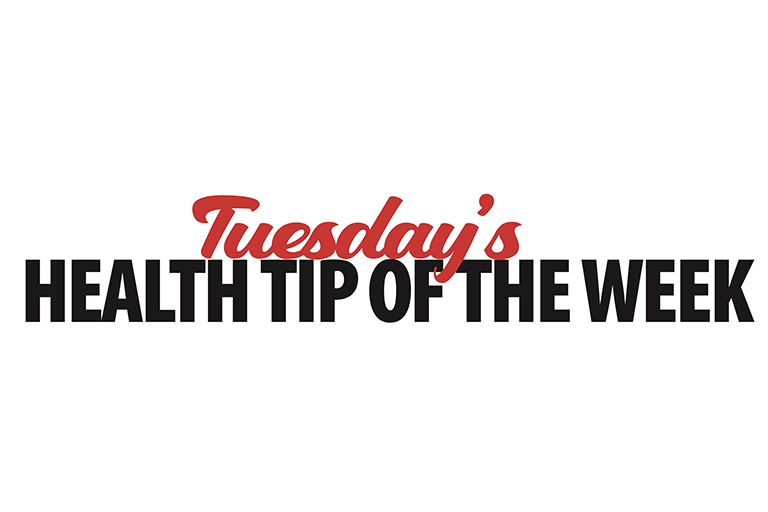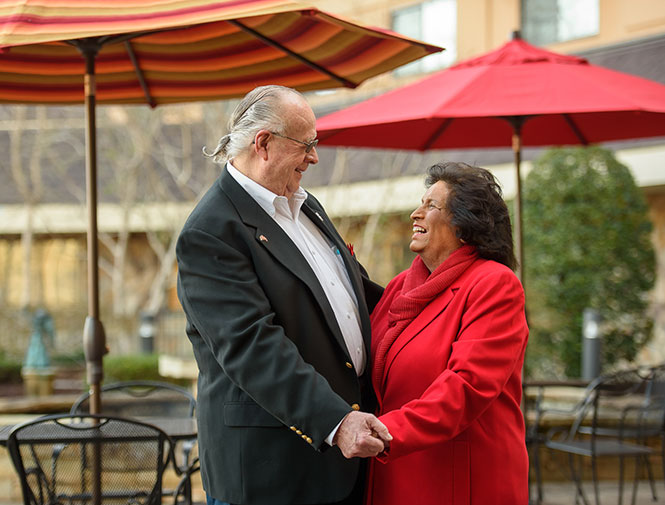Century Park Blog

Stroke rehabilitation is a program of different therapies designed to help you relearn skills lost after a stroke. Rehabilitation can help with movement, speech, strength and daily living skills, helping you regain your independence and quality of life.
What’s involved in stroke rehabilitation?
Rehabilitation is centered around specifically focused and repetitive actions and the plan will depend on the part of the body or type of ability that was affected by your stroke.
Physical activities might include:
- Motor-skill exercises – Exercises that improve muscle strength and coordination throughout the body.
- Mobility training - You might learn to use mobility aids such as a walker, cane, wheelchair or ankle brace.
- Constraint-induced therapy – Restraining an unaffected limb while moving the affected limb to improve its function.
- Range-of-motion therapy – Certain exercises and treatments to ease muscle tension and help regain range of motion.
Cognitive and emotional activities might include:
- Therapy for cognitive symptoms – Occupational therapy and speech therapy can help with lost cognitive abilities like memory, processing, social skills and safety awareness.
- Therapy to help communication – Speech therapy can help regain lost abilities in speaking, listening, writing and comprehension.
- Psychological evaluation and treatment – Your emotional adjustment might be tested and may benefit from counseling or a support group.
- Medicine – Your healthcare professional might recommend an antidepressant or medicine for agitation or movement.
Stroke rehabilitation takes time.
Recovering from a stroke can be a long and frustrating experience with difficulties along the way. Dedication and willingness to work toward your improvement will benefit you the most.



